The open streets of the pandemic reclaimed public space for pedestrians and bicyclists. From Bogotá to New York to Stockholm, some of those changes have become permanent.
The early days of the pandemic ushered in a new urgency to create more public space as restrictions on indoor gatherings left urban dwellers yearning for the outdoors. But while many of these efforts were intended only to be temporary, some have endured.
In the last three years, many cities have taken back streets and parking lots from cars, turning them into dining and play areas for pedestrians. And as biking boomed, some governments fast-tracked efforts to make major city arteries safer and more accessible for cyclists. Others completely reimagined how residential and commercial corridors should be designed, even in the face of pushback against the broader open streets movement.
Since the early days of the pandemic in the US, “There’s maybe a bit of a loss of momentum in terms of street transformations, but there are some really exciting examples that have endured,” says Nate Storring, co-executive director of the nonprofit Project for Public Spaces. “They’ve actually brought up a conversation that we find particularly important, which is around the management and care of streets as public spaces.”
Pointing to benefits like improvements to mental health and more equitable access to the outdoors, public space advocates and officials have rallied to keep such changes in their communities permanent. Many of the spaces that have stuck around in the US, Storring says, are those that are well maintained by either the city or the community, and those that offer not just an empty area but also a slew of recreational programming.
Read the full article on Bloomberg CityLab
Authors: Linda Poon, Feargus O’Sullivan and Amy Yee
Recommended by Luisa Bravo

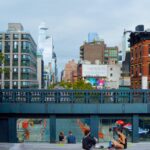
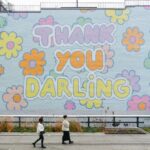


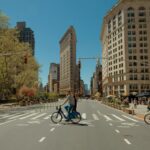
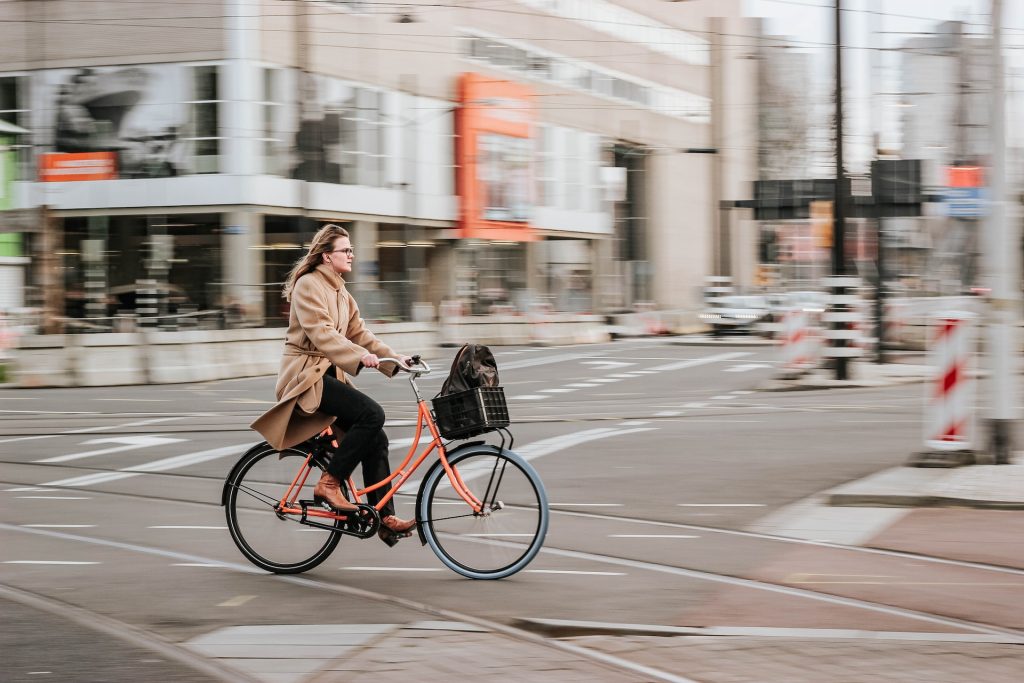
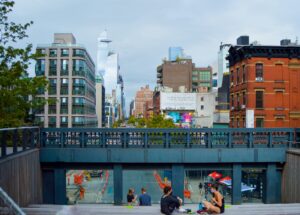
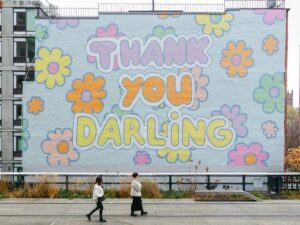
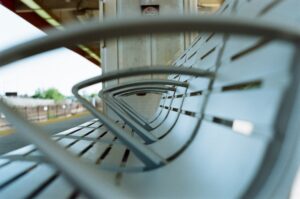
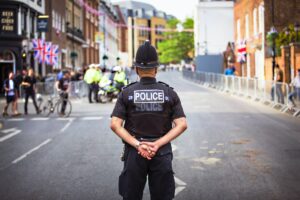
More Stories
A stealthy reimagining of urban public space by Elizabeth Diller
Security by Design: Protection of public spaces from terrorist attacks
A Blueprint for Public Realm Leadership